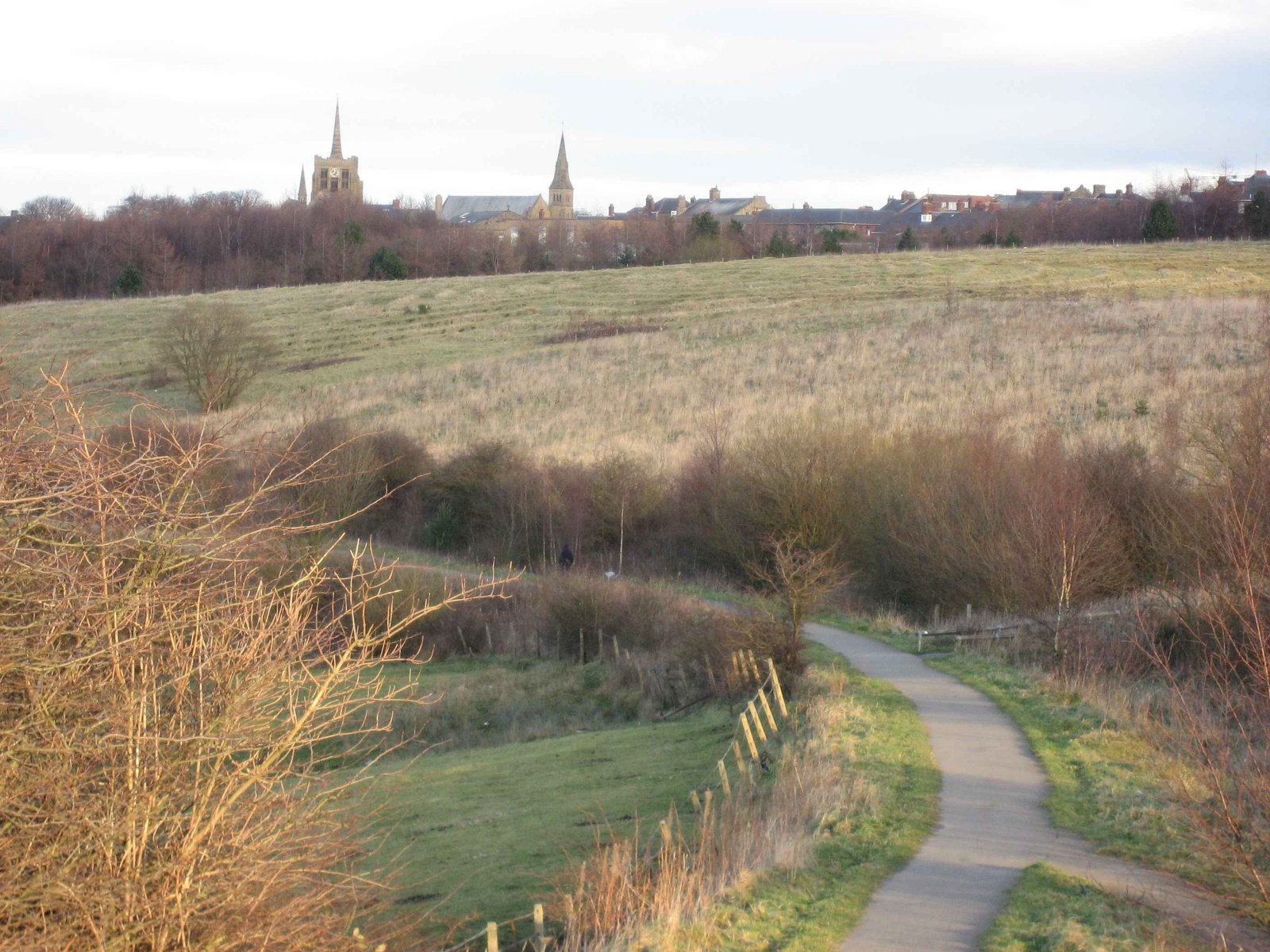|
Beamish, County Durham
Beamish, previously named 'Pit Hill', is a village in County Durham, England, situated to the north east of Stanley. The village is contained within Hell Hole Wood and is home to Beamish Museum, an open-air museum seeking to replicate a northern town of the early 20th century. Its principal public house is the Shepherd and Shepherdess, near the Beamish Museum entrance. To the south is the village of No Place (also called Co-operative Villas). North West Beamish lies in the conservation area of Beamish Burn. To the north of Beamish, Pockerley Manor preserves a rare though altered example of a pele tower Peel towers (also spelt pele) are small fortified keeps or tower houses, built along the English and Scottish borders in the Scottish Marches and North of England, mainly between the mid-14th century and about 1600. They were free-standing ... in County Durham, probably dating from the 15th century with later alterations and additions. It is attached to a later far ... [...More Info...] [...Related Items...] OR: [Wikipedia] [Google] [Baidu] |
County Durham
County Durham ( ), officially simply Durham,UK General Acts 1997 c. 23Lieutenancies Act 1997 Schedule 1(3). From legislation.gov.uk, retrieved 6 April 2022. is a ceremonial county in North East England.North East Assembly â€About North East England. Retrieved 30 November 2007. The ceremonial county spawned from the historic County Palatine of Durham in 1853. In 1996, the county gained part of the abolished ceremonial county of Cleveland.Lieutenancies Act 1997 . Retrieved 27 October 2014. The county town is the of |
North Durham (UK Parliament Constituency)
North Durham is a constituency represented in the House of Commons of the UK Parliament since 2001 by Kevan Jones of the Labour Party. History A constituency formally named the Northern Division of Durham was created by the Great Reform Act for the 1832 general election, when the former Durham constituency was split into the northern and southern divisions, each electing two members using the bloc vote system. This seat was abolished by the Redistribution of Seats Act 1885 when the two divisions were replaced by eight single-member divisions.These were Barnard Castle, Bishop Auckland, Chester-le-Street, Houghton-le-Spring, Jarrow, Mid Durham, North West Durham and South East Durham. In addition there were seven County Durham borough constituencies. The seat was re-created as a single-seat constituency for the 1983 general election as a result of the redistribution following the changes to local authority boundaries under the Local Government Act 1972. The new consti ... [...More Info...] [...Related Items...] OR: [Wikipedia] [Google] [Baidu] |
01207
The 01207 national dialling code for Consett in the United Kingdom. The area it serves includes almost the entire former district of Derwentside. When STD codes were first introduced, Consett was assigned 0207. The current 01207 code became active as part of PhONEday on 16 April 1995. In common with all other British area codes the initial '0' is a trunk prefix that is not required when dialling Consett from abroad. History When STD codes were initially assigned, Consett was given the mnemonic code CO7 (corresponding to 207 on the rotary dial). With the transition to all-figure dialling which ended the practice of representing STD codes with letters in 1966, and including the trunk prefix, this became 0207. Before STD The exchanges were: Changes in the 1960s and 1970s Following the introduction of STD in 1958, most 4 digit and 3 digit exchanges were prefixed as follows; some exchanges were consolidated into others. *Consett – 4 digit numbers became 6 digits and pre ... [...More Info...] [...Related Items...] OR: [Wikipedia] [Google] [Baidu] |
Stanley, County Durham
Stanley is a former colliery town and civil parish in County Durham, North East England. Centred on a hilltop between Chester-le-Street and Consett, the town lies south west of Gateshead. Stanley was formerly divided into three distinct settlements – the main town of West Stanley and the mining villages of East Stanley and South Stanley. Through a process of gradual expansion, these have become amalgamated into one town, with East and South Stanley no longer officially used as town names (although they are still recognised colloquially). The civil parish of Stanley was created in 2007 and takes in not only Stanley, but the villages of Annfield Plain, Tanfield, Craghead, Catchgate, Tantobie, Tanfield Lea, South Moor, White-le-Head, Bloemfontein, Clough Dene, Greencroft, Harelaw, Kip Hill, The Middles, New Kyo, No Place, Oxhill, Quaking Houses, Shield Row, and West Kyo. The current parish covers the vast majority of the former Stanley Urban District Council area, with the ... [...More Info...] [...Related Items...] OR: [Wikipedia] [Google] [Baidu] |
Beamish Museum
Beamish Museum is the first regional open-air museum, in England, located at Beamish, near the town of Stanley, in County Durham, England. Beamish pioneered the concept of a living museum. By displaying duplicates or replaceable items, it was also an early example of the now commonplace practice of museums allowing visitors to touch objects. The museum's guiding principle is to preserve an example of everyday life in urban and rural North East England at the climax of industrialisation in the early 20th century. Much of the restoration and interpretation is specific to the late Victorian and Edwardian eras, together with portions of countryside under the influence of industrial revolution from 1825. On its estate it uses a mixture of translocated, original and replica buildings, a large collection of artifacts, working vehicles and equipment, as well as livestock and costumed interpreters. The museum has received a number of awards since it opened to visitors in 1972 and ... [...More Info...] [...Related Items...] OR: [Wikipedia] [Google] [Baidu] |
Beamish Museum
Beamish Museum is the first regional open-air museum, in England, located at Beamish, near the town of Stanley, in County Durham, England. Beamish pioneered the concept of a living museum. By displaying duplicates or replaceable items, it was also an early example of the now commonplace practice of museums allowing visitors to touch objects. The museum's guiding principle is to preserve an example of everyday life in urban and rural North East England at the climax of industrialisation in the early 20th century. Much of the restoration and interpretation is specific to the late Victorian and Edwardian eras, together with portions of countryside under the influence of industrial revolution from 1825. On its estate it uses a mixture of translocated, original and replica buildings, a large collection of artifacts, working vehicles and equipment, as well as livestock and costumed interpreters. The museum has received a number of awards since it opened to visitors in 1972 and ... [...More Info...] [...Related Items...] OR: [Wikipedia] [Google] [Baidu] |
No Place
No Place is a small village near the town of Stanley in County Durham, England, east of Stanley and west of Beamish. Situated to the south of the A693, it is home to an award-winning real ale pub, the Beamish Mary Inn (dating from 1897 and originally known as the Red Robin), and lies near the Beamish Mary coal pit.No Place to Go – '''', January 25, 1954 The local church is known as the "Tin Chapel".No Place finds its way into a history book '' |
Co-operative Villas
No Place is a small village near the town of Stanley in County Durham, England, east of Stanley and west of Beamish. Situated to the south of the A693, it is home to an award-winning real ale pub, the Beamish Mary Inn (dating from 1897 and originally known as the Red Robin), and lies near the Beamish Mary coal pit.No Place to Go – '''', January 25, 1954 The local church is known as the "Tin Chapel".No Place finds its way into a history book '' |
Peel Tower
Peel towers (also spelt pele) are small fortified keeps or tower houses, built along the English and Scottish borders in the Scottish Marches and North of England, mainly between the mid-14th century and about 1600. They were free-standing with defence being a prime consideration of their design with "confirmation of status and prestige" also playing a role. They also functioned as watch towers where signal fires could be lit by the garrison to warn of approaching danger. The FISH Vocabulary ''Monument Types Thesaurus'' lists "pele" alongside "bastle", "fortified manor house" and "tower house" under the broader term "fortified house". Pevsner defines a peel as simply a stone tower. Outside of this, "peel" or "pele" can also be used in related contexts, for example a "pele" or "barmkin" (in Ireland a bawn) was an enclosure where livestock were herded in times of danger. The rustling of livestock was an inevitable part of Border raids, and often their main purpose. In th ... [...More Info...] [...Related Items...] OR: [Wikipedia] [Google] [Baidu] |





